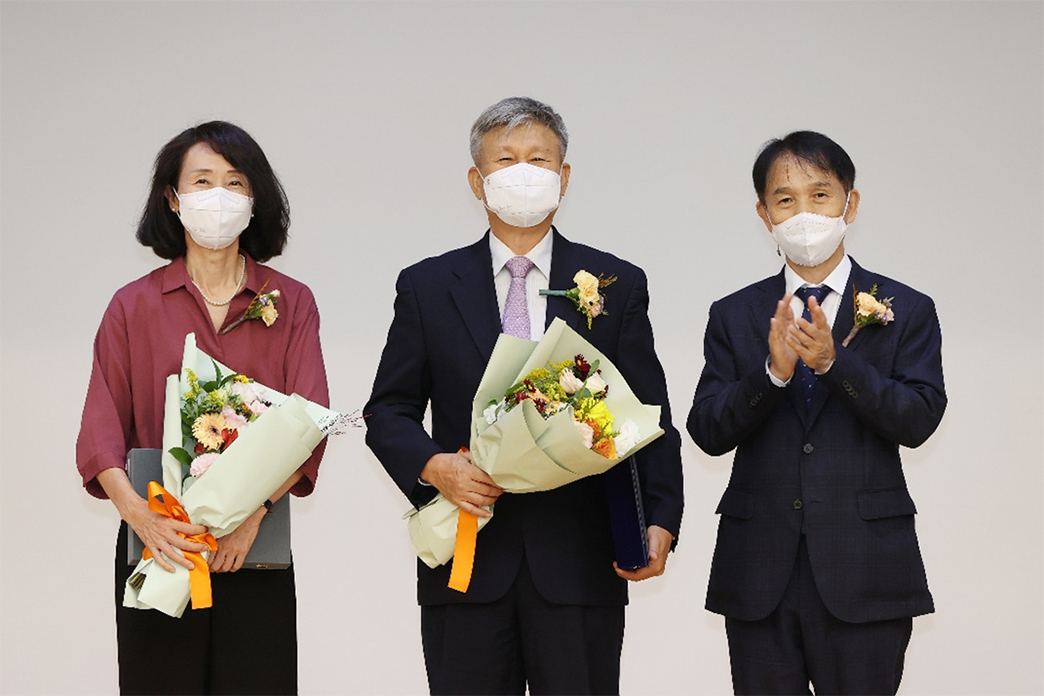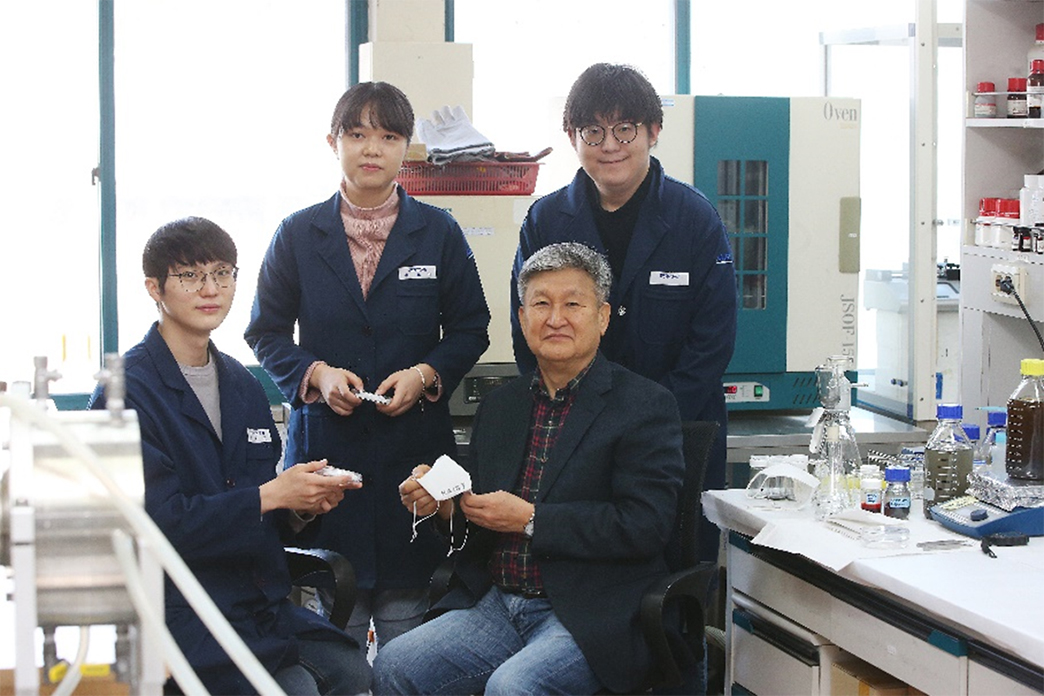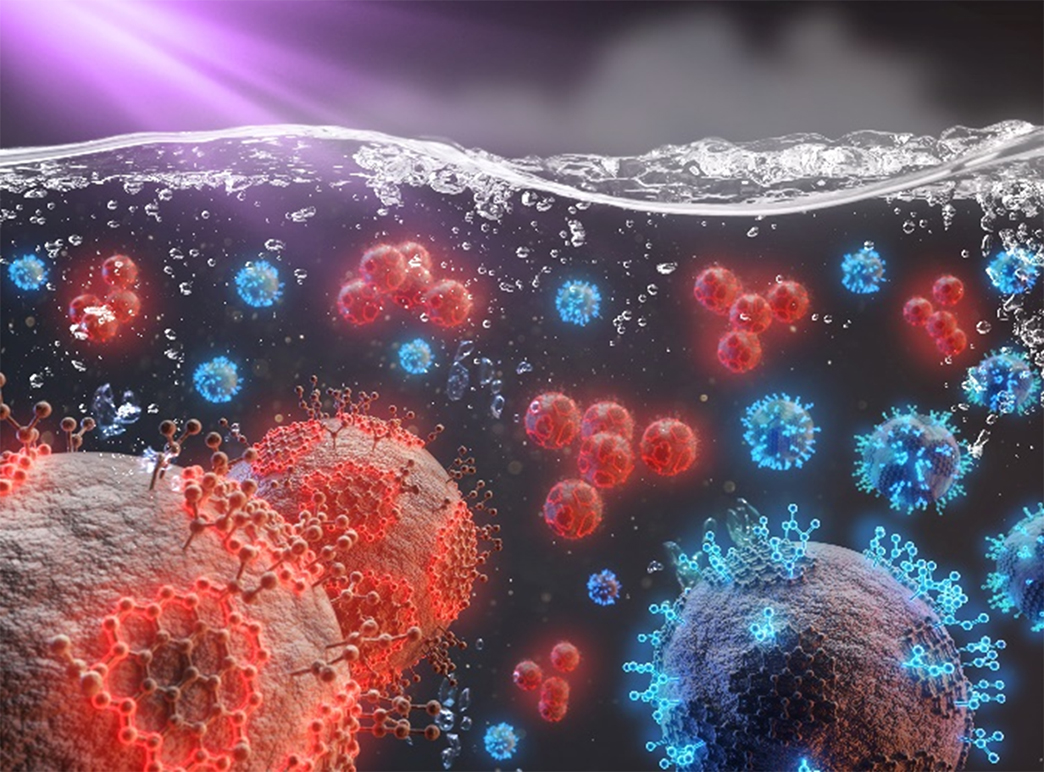In August 2021, Professor Do Hyun Kim retired and became Professor Emeritus of the CBE department.
Professor Kim obtained his ScD in Chemical Engineering from Massachusetts Institute of Technology in 1990. He joined the CBE department at KAIST in 1991. He served many societies including the Korean Institute of Chemical Engineers (KIChE), the Korean Society of Rheology (KSR) and the Korea Association of Crystal Growth as a director, a vice president or a president. He also served as the Director of the Energy and Environment Research Center of KAIST. Professor Kim's Process Analysis Laboratory focused on the analysis, design and development of processes encompassing semiconductor processes, nano particle fabrication processes, microfluidic processes, biological processes, polymer processing processes, polymer recycling processes besides the traditional chemical engineering processes. He was awarded several awards including Bumsuk award from KIChE and Academic Achievement Award from KSR in addition to the awards from Korean Government and KAIST. In recent years, his research group developed a efficient process to spin nano fibers using centrifugal force, a process to produce graphene in a large scale using hydrodynamic force and a process to fabricate carbon dots emitting dual colors.
The retirement ceremony was held on September 1 in the Yang Seung-man Hall of the CBE department and on September 15 in the Chung Keun Mo Hall of the KAIST.

Centrifugal multispun nanofibers put a new spin on COVID-19 masks
Professor Do Hyun Kim’s research group in CBE, KAIST has developed a novel nanofiber production technique called centrifugal multispinning that will open the door for the safe and cost-effective mass production of high-performance polymer nanofibers. This new technique, which has shown upto a 300 times higher nanofiber production rate per hour than that of the conventional electrospinning method, has many potential applications, including the development of face mask filters for coronavirus protection.
Nanofibers make good face mask filters because their mechanical interactions with aerosol particles give them a greater ability to capture more than 90 percent of harmful particles such as fine dust and virus-containing droplets.
The impact of the COVID-19 pandemic has further accelerated the growing demand in recent years for a better kind of face mask. A polymer nanofiber-based mask filter that can more effectively block harmful particles has also been in higher demand as the pandemic continues.
Using this new centrifugal multispinning spinneret with three sub-disks, researchers demonstrated the gram-scale production of various polymer nanofibers with a maximum production rate of up to 25 grams per hour, which is approximately 300 times higher than that of the conventional electrospinning system. The production rate of up to 25 grams of polymer nanofibers per hour corresponds to the production rate of about 30 face mask filters per day in a lab-scale manufacturing system.

Controlling multiple wavelengths of light from a single source
Carbon dots, a type of fluorescent nanoparticles, have seen an increase in interest from researchers as a candidate to replace non-carbon dots, the construction of which requires heavy metals that are toxic to the environment. Since they are made up of mostly carbon, the low toxicity is an extremely attractive quality when coupled with the tunability of their inherent optical properties.
Another striking feature of carbon dots is their capability to emit multiple wavelengths of light from a single nanoparticle. This multi-wavelength emission can be stimulated under a single excitation source, enabling the simple and robust generation of white light from a single particle by emitting multiple wavelengths simultaneously.
Carbon dots also exhibit a concentration-dependent photoluminescence. In other words, the distance between individual carbon dots affects the light that the carbon dots subsequently emit under an excitation source. These combined properties make carbon dots a unique source that will result in extremely accurate detection and sensing.
Now, a KAIST research team, led by Professor Do Hyun Kim of CBE has posited and demonstrated that the dual-color-emissiveness is instead due to the interparticle distances between each carbon dot. This study was published in the 36th Issue of Physical Chemistry Chemical Physics, 2020.
His team examined how the relative light intensity of the red and blue colors changed when varying the interparticle distances, or concentration, of the carbon dots. They found that as the concentration was adjusted, the light emitted from the carbon dots would transform. By varying the concentration, the team was able to control the relative intensity of the colors, as well as emit them simultaneously to generate a white light from a single source.
The newly analyzed ability to control the photoluminescence of carbon dots will likely be heavily utilized in the continued development of solid-state lighting applications and sensing.






